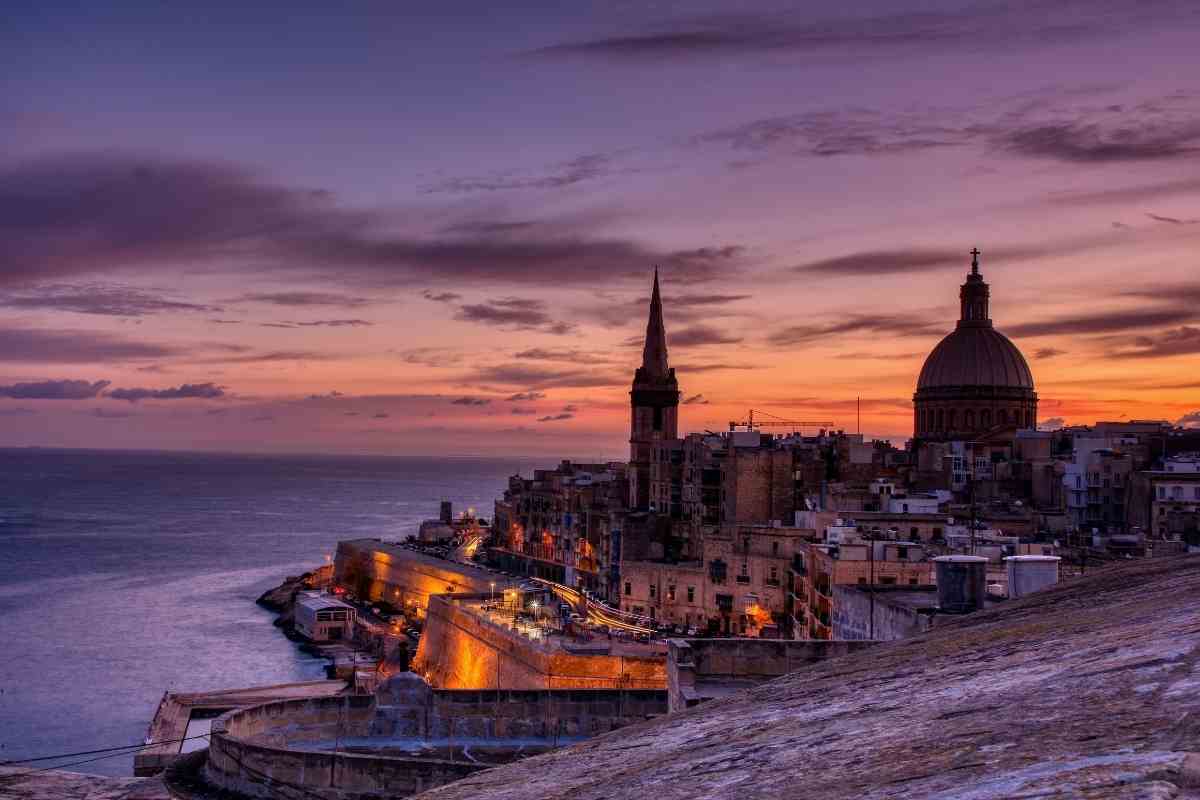There are many different types of waterfalls in nature.
If you travel a lot, you’ve probably experienced most of them. However, one waterfall type is so elusive it almost feels like a myth.
That’s the underwater waterfall. And yes, underwater waterfalls do exist.
This post explores these fascinating phenomena, their form, and their location. Read on.
What Is an Underwater Waterfall?
A waterfall forms when water flows over a vertical drop in the course of a river or a stream.
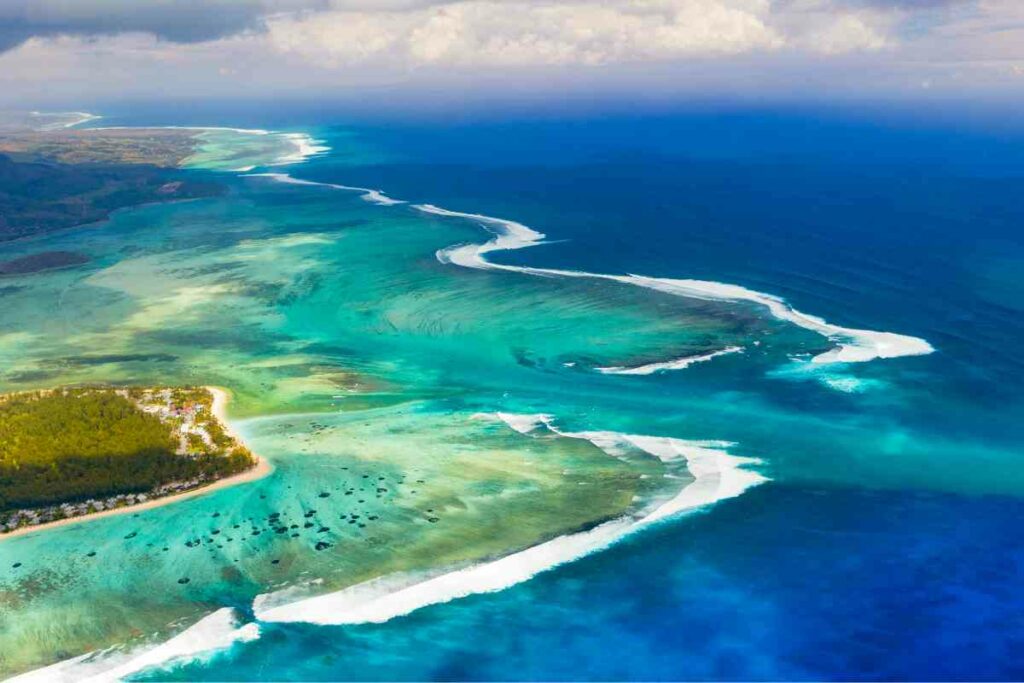
Strange as it may seem, this phenomenon is also possible in the ocean when colder, denser water at the bottom of the sea suddenly drops into an underwater valley.
Underwater waterfalls are actually quite common. It’s just that we don’t get to see them every day because they form deep in the ocean. The world’s largest waterfall, the Denmark Strait cataract, is underwater.
How Does an Underwater Waterfall Form?
If you can remember from fifth-grade science, liquids of different densities don’t mix.
The water in our oceans has different densities due to the differences in temperature and salinity, the two factors that determine the density of water.
Water with higher saline content is denser than water with lower saline content. Colder water has a higher density than warm water.
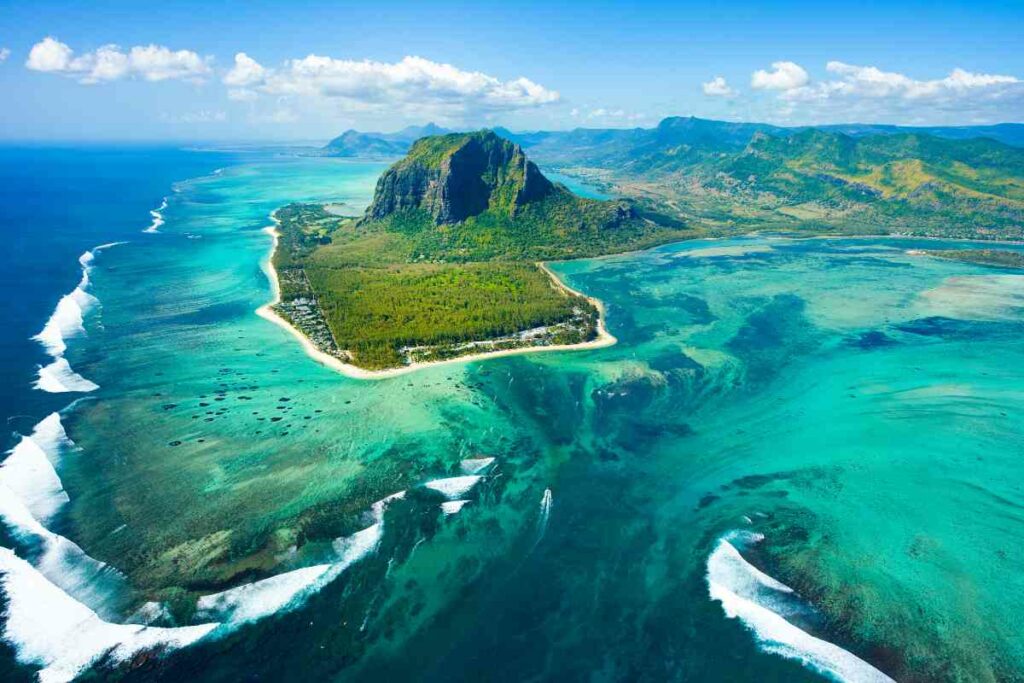
When two water masses interact in the ocean, they don’t mix — the colder water with higher saline content sinks below.
The difference in density is part of what creates ocean currents.
An underwater waterfall forms when colder, denser water at the bottom of the ocean flows over an undersea valley and suddenly plunges downwards almost vertically.
Where Are Underwater Waterfalls Located?
As we’ve learned above, underwater waterfalls are created by the flow of ocean currents.
They form when cold, dense water at the bottom of the ocean cascades over the deep underwater gorges hidden from sight. But as you’ll learn later in the article, sometimes they can be visible.
So, where are the world’s underwater waterfalls located? Well, underwater waterfalls can be anywhere in the earth’s oceans.
But because we often can’t see them, it isn’t easy to spot them. Here are the ones that we do know about.
The Denmark Strait Cataract
The Denmark Strait Cataract is the largest waterfall on earth. It’s located under the Denmark Strait, at the border of Greenland and Iceland.
The underwater waterfall forms when freezing water flowing southward from the Nordic seas meet the substantially warmer water from the Irminger Sea flowing northward.
Due to the temperature difference, the water from the Nordic seas suddenly sinks to the bottom of the ocean.
The colder, southward-bound water mass flows in a deep current along the ocean floor over an underwater ridge in the Strait between Greenland and Iceland.
The Denmark Strait is about 11,500 feet tall. The water starts forming a series of cataracts at 2000 feet below the surface of the Strait. The two-mile underwater drop dwarfs any waterfall on the surface of the earth.
Unfortunately, this spectacular sight is hidden because the Denmark Strait cataract lies deep beneath the ocean.
Not to worry, the next underwater waterfall can be seen from the earth’s surface.
Underwater Waterfall in Mauritius
The only visible underwater waterfall in the world is located in southwest Mauritius, off the coast of Le Morne.
This phenomenon is only possible because the east African nation lies above an oceanic plateau called the Mascarene Plateau.
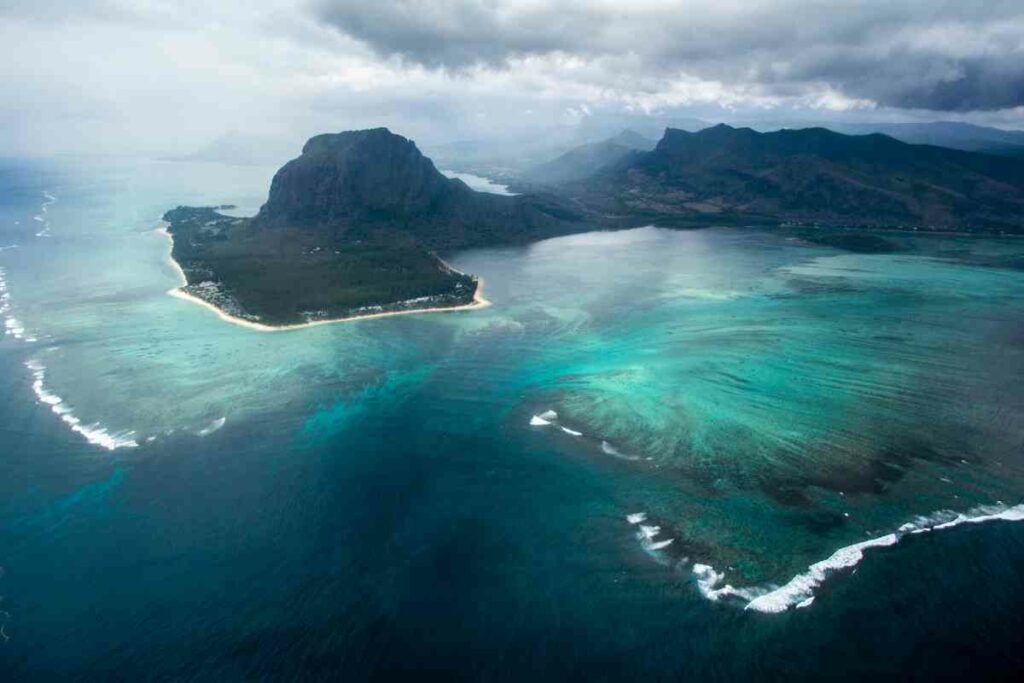
An oceanic, also known as a submarine plateau, is a relatively flat elevation rising sharply above the surrounding deep-sea floor.
The oceanic shelf that is modern-day Mauritius formed around eight million years ago due to volcanic activity.
As mentioned above, the land mass at the top of an oceanic plateau plummets quite suddenly into the deep ocean — as opposed to continents that tend to sink more gradually.
In the case of Mauritius, there is a gradual slope from the island’s shore and then a sharp two-and-a-half plunge into the deep ocean.
An Optical Illusion
The underwater waterfall sits atop the point where the seabed suddenly drops off.
However, it’s important to note that this underwater waterfall is an optical illusion that has little to do with water flow.
This visible part of this phenomenon involves the sinking of sand.
In other words, what you see when you look at the underwater waterfall is sand and silt falling into the depths of the Indian Ocean, not the flow of water like a waterfall on the surface.
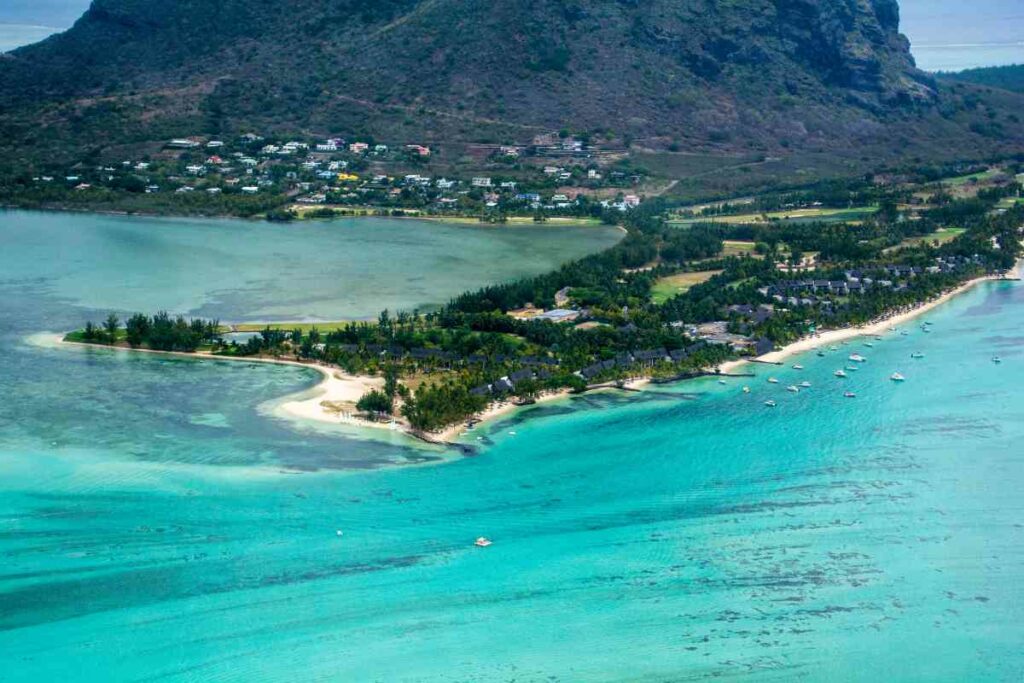
There’s a lot of sand and silt on the shores surrounding the underwater waterfall.
Thanks to the island’s clear turquoise water, the sand and silt continually fall into the abyss. The runoff of sand and silt creates the illusion of an actual waterfall.
Only Visible from Above
Unfortunately, you won’t be able to take in this spectacular view from the surface.
You can only experience this phenomenon looking down from above. But there are helicopter tours of the area intended for this very purpose.
Other Underwater Waterfalls Across the World
There are other underwater waterfalls around the globe. But because they lie underwater, most of them go completely undetected.
The only well-known underwater waterfalls are the Denmark Strait Cataract and the one in Mauritius.
The Denmark Strait cataract is famous for being the largest waterfall in the world, even if we can’t see it.
On the other hand, the underwater waterfall in Mauritius is visible.
However, this spectacular effect is only due to the optical illusion created by sand falling into the deep ocean.
Conclusion
An underwater waterfall is exactly what it sounds like; the flow of water suddenly falling down an undersea ridge. They are quite rare, but they exist.
The largest waterfall in the world lies underneath the Denmark Strait. However, the only underwater waterfall visible to the naked eye is located on the shores of the East African island of Mauritius.









